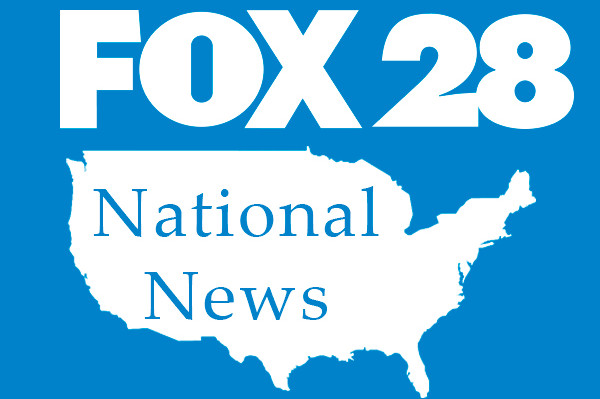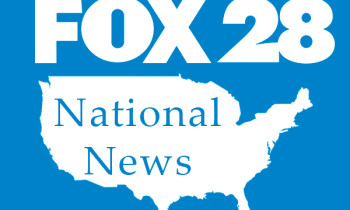
If insurance companies want to use predictive formulas to justify wildfire insurance rate increases in California, they’ll have to write more policies in high-risk areas, under sweeping reform measures currently underway in the state.
Commissioner Ricardo Lara aims to address the limitations of California’s Proposition 103, which permits insurers to propose any rate increases needed to cover future losses but doesn’t require them to cover all residents. The regulation has led to insurers increasing rates in some areas while pulling back from areas with high wildfire risk, forcing residents to turn to California’s last-resort FAIR Plan for coverage, according to an insurance department press release.
Lara’s reform would require companies to write policies in wildfire-affected areas if they want to use predictive wildfire catastrophe modeling to assess risk.
Reducing reliance on last-resort insurance
In June, the California Department of Insurance shared a map showing the large areas of the Golden State that have a higher concentration of FAIR Plan policies and wildfire risk.
The number of active dwelling and commercial FAIR Plan policies has steadily increased for years. California had 408,432 policies in force in June, according to California FAIR Plan property insurance data. Those policies amount to about $393 billion of total exposure.
“Climate change is affecting every part of our lives, making insurance harder to find and more costly for those at the greatest risk,” said Lara in a release. “With climate-driven mega-fires burning across the state, it is clear that relying on decades-old regulations only hurts our ability to prepare for the future.”
Due to its strict rate regulations, California’s home insurance costs have remained relatively low for a state facing significant climate catastrophes. The average annual premium for $300,000 of dwelling coverage is $1,782. That’s below the national average of $2,377, according to Insurify’s home insurance report.
Yet, while a standard home insurance policy covers all fire damage — including wildfire damage — policies sold in higher-risk areas of California may exclude that peril. That forces residents to turn to the FAIR Plan if they want a policy that covers wildfire damage.
The average annual cost of a basic FAIR Plan policy — which only covers fire damage — is about $2,709, according to Insurify’s analysis of FAIR Plan property insurance data.
The benefits of new catastrophe modeling
Lara seeks to update California’s insurance regulations in more ways than one.
For decades, California has required insurers to use a catastrophe factor to set rates based on historical wildfire losses. Lara argues that methodology has led to ballooning premiums following major disasters without accounting for the growing risks climate change is driving. It also overlooks the numerous risk-mitigation measures the state, communities, and individuals have implemented.
“Over the past several years, the state has put billions toward wildfire mitigation efforts and homeowners have made significant investments in home hardening,” said Lara in the release. “Under Prop. 103’s existing regulatory framework, this is not accounted for by our existing retrospective, past-focused models for ratemaking. We want consumers to reap the full benefits of these efforts through modern, forward-looking models on how rates are calculated.”
The public notice for input notes that historical experience is no longer enough to accurately project losses. The new regulation will also call for a public review of models used to set rates.
“We’ve put a lot of work into making sure that our amazing community, beautiful Lake Tahoe, is protected,” Kim George, battalion chief of South Lake Tahoe Fire Rescue, said in a release. “And, our community is very well aware of the fire dangers, because we just lived through this with the Caldor Fire … The hope is that this catastrophe modeling will take such things into consideration.”
What’s next: Integrating new regulations
The department doesn’t anticipate the regulation will directly or significantly affect housing costs, and they may even increase housing availability thanks to expanded coverage options, according to the public hearing notice.
The department’s initial determination is that the regulation may have “adverse” statewide economic effects since it could reduce the ability of California insurance companies to compete with insurers out of state. The new procedure protects the third-party data used for catastrophe modeling so multiple insurers can reference it for rate-making, according to the department.
California residents could submit feedback until Sept. 17, when the period ended with a virtual public hearing. Following the hearing, the department announced a partnership with Cal Poly Humboldt to form a strategy group and make recommendations for a “first-of-its-kind” public wildfire-catastrophe model.
“We are harnessing the power of California’s unparalleled academic institutions for a public wildfire catastrophe model that will be the first in the world,” said Lara in a release. “A public model will be a benchmark for my department to help keep insurance rates fair and accurate, a reliable source of data for local governments increasing wildfire safety, and a rich educational and career-building opportunity for students and researchers.”
The group will create recommendations that align with the proposed regulation, which the department is finalizing by December of this year, according to a Sept. 17 press release. The group will present those to the commissioner by April 2025.
Related articles



